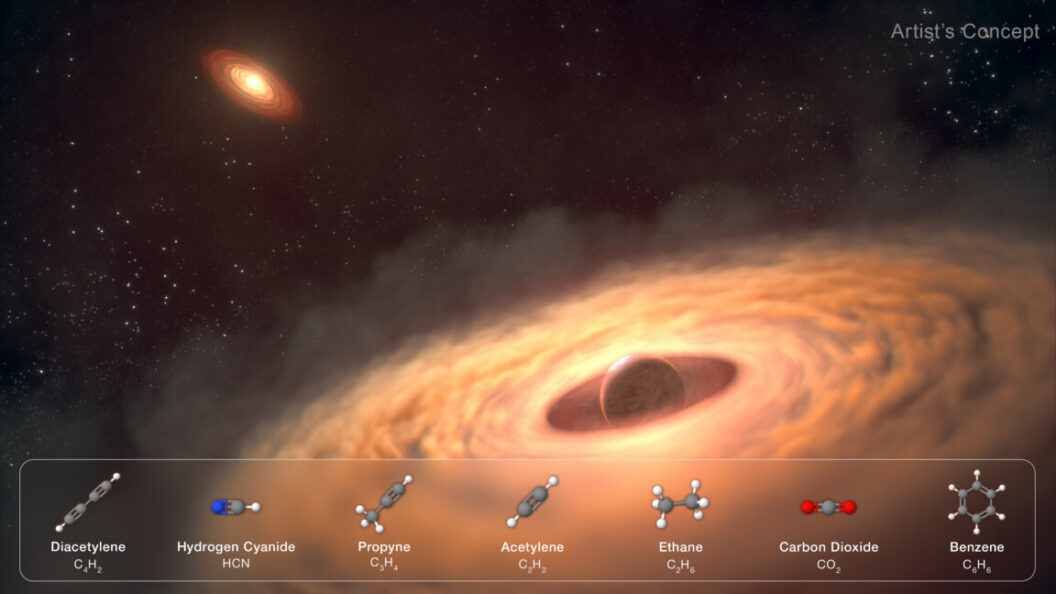Exploring the Potential of Exomoons: A New Frontier in Astronomy
Recent advancements in astronomical observation have highlighted the intriguing potential of moons orbiting exoplanets, suggesting a wealth of information waiting to be uncovered in our galaxy. While the existence of planets outside our Solar System is well-documented, the pursuit of their moons—particularly those that could harbor conditions amenable to life—remains a challenging yet fascinating endeavor.
The Fascinating Nature of Moons
Moons are increasingly recognized as pivotal bodies in our understanding of the cosmos. Unlike planets, many moons in our Solar System possess unique characteristics, such as active volcanoes, hydrocarbon oceans, geysers, and vast subterranean oceans, raising intriguing questions about their potential habitability. The existence of these diverse moons suggests that if planets are common in the universe, so too should moons be abundant.
However, concrete evidence supporting the existence of exomoons has yet to be found. While astronomers have detected several young exoplanets with apparent moon-forming disks, the search for actual moons has proven difficult and complex.
Utilizing the James Webb Space Telescope
The challenge of identifying exomoons calls for innovative approaches, and recent observations by the James Webb Space Telescope (JWST) are shedding light on this complex issue. The JWST has successfully captured a spectrum from a ring-forming disk surrounding a giant super-Jupiter, revealing it to be rich in small carbon-based molecules.
This is particularly noteworthy given that the star around which this super-Jupiter orbits has a planet-forming disk predominantly composed of water. Such contrasting compositions could lead to diverse outcomes in moon formation, although the implications of these findings are still being explored.
Methods of Detection: Moons vs. Moon-Forming Disks
Astronomical methodologies diverge significantly when it comes to identifying moons compared to moon-forming disks.
Detecting Moons
To ascertain the presence of a moon, astronomers rely on observing its gravitational influence on its parent planet. The moon’s gravitational pull can affect the planet’s movement, causing it to either speed up or slow down in its orbit. This results in subtle variations in the timing of when the planet passes in front of its star from Earth’s viewpoint.
Moreover, the moon’s additional effect on the amount of starlight blocked may help in detection. However, this too can be complicated by varying stellar activity, making moon detection an intricate task.
Identifying Moon-Forming Disks
Conversely, moon-forming disks are a feature of an exoplanetary system’s formative years. These disks consist of gas, dust, and debris, analogous to the rings of Saturn but with potential for condensing into moons. Within the first few million years of a solar system’s evolution, this material can either disperse, condense into moons, or be absorbed by the forming planet. This temporal window makes moon-forming disks a compelling target for observation by astronomers.
Future Implications and Challenges
The recent findings from the JWST represent a significant stride in our quest to uncover the mysteries of exoplanets and their moons. The possibility of detecting exomoons could fundamentally alter our understanding of planetary system formation and evolution.
Yet, the scientific community acknowledges that challenges remain. The delicate nature of moon detection and the fleeting presence of moon-forming disks present obstacles that require refinement in techniques and instruments. As we hone our observations and methodologies, the potential for groundbreaking discoveries continues to grow.
Conclusion: A Cosmic Journey Ahead
In summary, the exploration of exomoons offers exciting prospects for both scientific discovery and our understanding of the universe. As technology advances and our observational capabilities expand, we may soon uncover not just moons, but potentially habitable environments beyond our own solar system.
As astronomers continue to gaze into the cosmos, the dream of unraveling the mysteries of exomoons resonates loudly, encouraging a collective effort towards understanding our universe on a much grander scale. This pursuit may not only reshape our understanding of celestial mechanics but could also illuminate the pathways of life across the cosmos.









